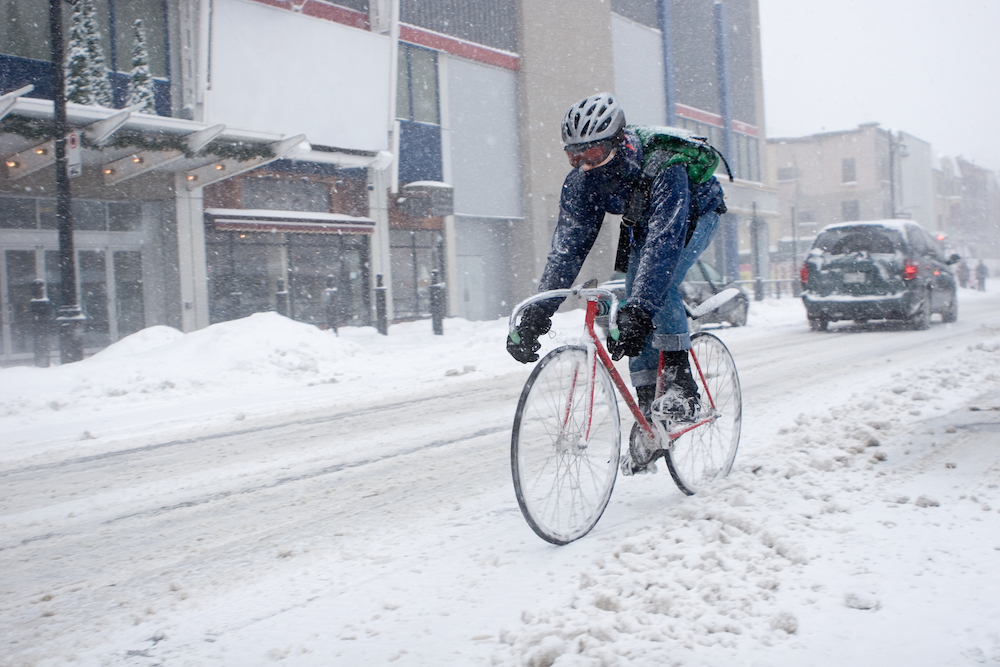Riding your bike during the winter season can be fun but it also requires extra safety considerations. The cold weather and snow-covered roads can pose a serious threat to your safety. As a cyclist, you should always prioritize safety and ensure that you are fully prepared for your winter rides. Here are some things to keep in mind:
Dress for the Weather
Winter weather can be unpredictable, and you never know when the temperature will drop or if it will snow. Wearing appropriate clothing is crucial to ensure that you stay warm and comfortable during your ride. Layering clothes is one of the best ways to keep yourself warm. Start with a base layer made of moisture-wicking material, followed by an insulating layer, and finish with a waterproof and windproof outer layer. Don’t forget to wear gloves, a hat, and a scarf to protect your extremities against the cold.
Use the Right Tires
Snowy and icy roads can be slippery and cause accidents. Using the right tires can provide traction and stability, reducing the risk of slipping and sliding. Consider switching to studded tires or tires with a wider surface area to improve grip on snow and ice. Remember, if your tires aren’t in good condition, it’s best to replace them before the winter season begins.
Check Your Lights
Winter days are shorter, and riding in low light conditions can be hazardous. Make sure that your lights are in good working condition and bright enough to illuminate the road ahead of you. Front and rear lights are essential for visibility and safety, especially when riding in the dark. Always carry spare batteries or a charger to keep your lights powered during long rides.
Watch Out for Bridges and Overpasses
Bridges and overpasses are some of the most dangerous spots during winter, as they tend to freeze before other parts of the road. Keep your speed low and avoid sudden movements, as they can cause your bike to slide. Always stay alert and watch out for any signs of slippery conditions. Some municipalities don’t allow salt on bridges and overpasses, which can further hinder your rides.
Be Careful of Black Ice
Black ice is a thin and transparent layer of ice that forms on the pavement and can be difficult to spot. It is most common during freezing temperatures and in areas with low sunlight. Beware of shaded areas, tunnels, and bridges where black ice may be present. If you encounter black ice, remember to stay calm, avoid sudden movements, and keep your bike upright. Always be aware of your environment and avoid the black ice if you can.
Biking during the winter season can be both challenging and rewarding. By keeping these unique safety considerations in mind, you can stay safe and warm while enjoying your ride. These safety tips will help!
Share this post:


